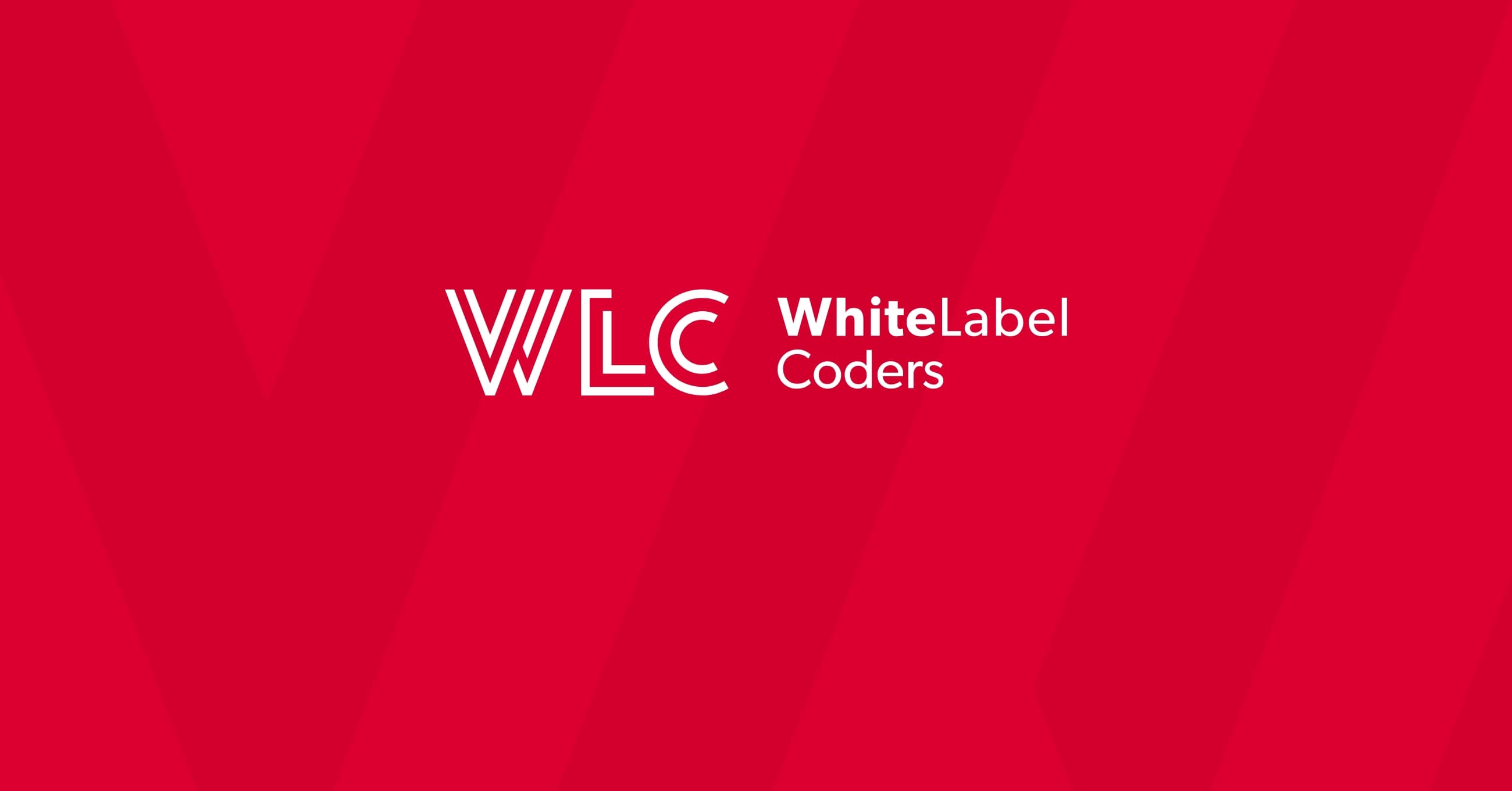Category: SEO AI
What are the best practices for custom WordPress development?

The best practices for custom WordPress development centre around following WordPress coding standards, implementing robust security measures, optimising performance, and establishing scalable development workflows. These practices ensure your custom WordPress website remains maintainable, secure, and performs efficiently whilst adhering to WordPress core guidelines and industry standards.
Understanding the Fundamentals of Custom WordPress Development
Custom WordPress development involves building tailored solutions from scratch rather than relying on pre-made themes or templates. This approach gives you complete control over functionality, design, and performance.
The key difference between custom development and template-based solutions lies in flexibility and uniqueness. With WordPress custom development, you’re not constrained by existing theme limitations or forced to work around someone else’s code structure.
Following best practices becomes crucial because custom solutions require long-term maintenance and updates. Poor coding practices can lead to security vulnerabilities, performance issues, and compatibility problems when WordPress core updates are released.
Custom development allows you to create exactly what your project needs without unnecessary bloat. You can implement specific business logic, integrate with external systems, and ensure your site performs optimally for your particular use case.
What Are the Essential Coding Standards for Custom WordPress Development?
WordPress coding standards provide a consistent framework for writing clean, readable, and maintainable code. These standards cover PHP, HTML, CSS, and JavaScript conventions that align with WordPress core development practices.
For PHP development, follow WordPress’s naming conventions using lowercase letters and underscores for function names. Always prefix your custom functions to avoid conflicts with other plugins or themes. Use proper indentation with tabs rather than spaces, and include comprehensive inline documentation.
File organisation plays a vital role in maintainability. Structure your custom theme or plugin files logically, separating concerns between templates, functions, and assets. Use descriptive file names that clearly indicate their purpose.
Documentation requirements include adding clear comments explaining complex logic, function purposes, and parameter descriptions. This practice becomes invaluable when returning to code months later or when other developers need to understand your work.
Always validate your code against WordPress coding standards using tools like PHP_CodeSniffer with WordPress-specific rulesets. This automated checking helps catch inconsistencies before they become problems.
How Do You Ensure Security in Custom WordPress Development?
Security in custom WordPress development requires implementing multiple layers of protection through proper data handling, user authentication, and vulnerability prevention techniques.
Data sanitisation and validation form the foundation of WordPress security. Always sanitise user input using WordPress functions like sanitize_text_field() and validate data before processing. Never trust user input, regardless of its source.
Implement nonces (number used once) for all forms and AJAX requests to prevent cross-site request forgery attacks. WordPress provides wp_nonce_field() and wp_verify_nonce() functions specifically for this purpose.
Establish proper user permissions and capabilities rather than checking user roles directly. Use current_user_can() with specific capabilities to ensure users can only perform actions they’re authorised for.
When writing database queries, always use prepared statements through WordPress’s $wpdb->prepare() method. This prevents SQL injection attacks by separating query structure from user data.
Regular security audits should include reviewing file permissions, checking for outdated dependencies, and scanning for common vulnerabilities. Keep WordPress core, themes, and plugins updated to patch known security issues.
What Performance Optimisation Techniques Should You Implement?
Performance optimisation in WordPress custom development focuses on reducing load times through efficient database queries, proper caching strategies, and optimised asset delivery.
Database optimisation starts with writing efficient queries that retrieve only necessary data. Use WordPress’s built-in query functions like WP_Query with appropriate parameters, and avoid running queries inside loops whenever possible.
Implement caching strategies at multiple levels including object caching, page caching, and database query caching. WordPress’s Transients API provides an excellent way to cache expensive operations temporarily.
Optimise images by implementing proper compression and serving appropriate sizes for different devices. Use WordPress’s responsive image features and consider lazy loading for images below the fold.
Minify and combine CSS and JavaScript files to reduce HTTP requests. However, be cautious with combining files as HTTP/2 makes multiple small files less problematic than in the past.
Consider implementing a Content Delivery Network (CDN) to serve static assets from geographically distributed servers, reducing load times for users worldwide.
How Do You Structure a Scalable WordPress Development Workflow?
A scalable WordPress development workflow incorporates version control, staging environments, automated testing, and structured deployment processes that support team collaboration and project growth.
Version control with Git forms the backbone of professional WordPress development. Create meaningful commit messages, use branching strategies for features and releases, and maintain clean repository history through proper merge practices.
Establish separate environments for development, staging, and production. This allows thorough testing before deploying changes to live sites and provides rollback options if issues arise.
Implement automated testing procedures including unit tests for custom functions and integration tests for critical user journeys. WordPress provides testing frameworks that integrate well with continuous integration systems.
Develop deployment strategies that minimise downtime and risk. Consider using deployment tools that can automatically backup databases, sync files, and handle database migrations safely.
Team collaboration practices should include code reviews, documentation standards, and clear communication channels. Use project management tools that integrate with your development workflow to track progress and issues.
Key Takeaways for Successful Custom WordPress Development
Successful custom WordPress development requires combining technical excellence with strategic planning and ongoing maintenance considerations.
The most critical practices include following WordPress coding standards religiously, implementing comprehensive security measures from the start, and optimising performance throughout the development process rather than as an afterthought.
Common pitfalls to avoid include ignoring WordPress conventions, writing insecure code, neglecting performance implications, and failing to plan for long-term maintenance. These mistakes often compound over time, making projects increasingly difficult to maintain.
Long-term maintenance considerations should influence every development decision. Write code that future developers (including yourself) can easily understand and modify. Document your decisions and maintain backward compatibility when possible.
Start implementing these practices immediately in your next custom WordPress project. Begin with establishing proper development environments and coding standards, then gradually incorporate more advanced security and performance optimisation techniques as your expertise grows.

